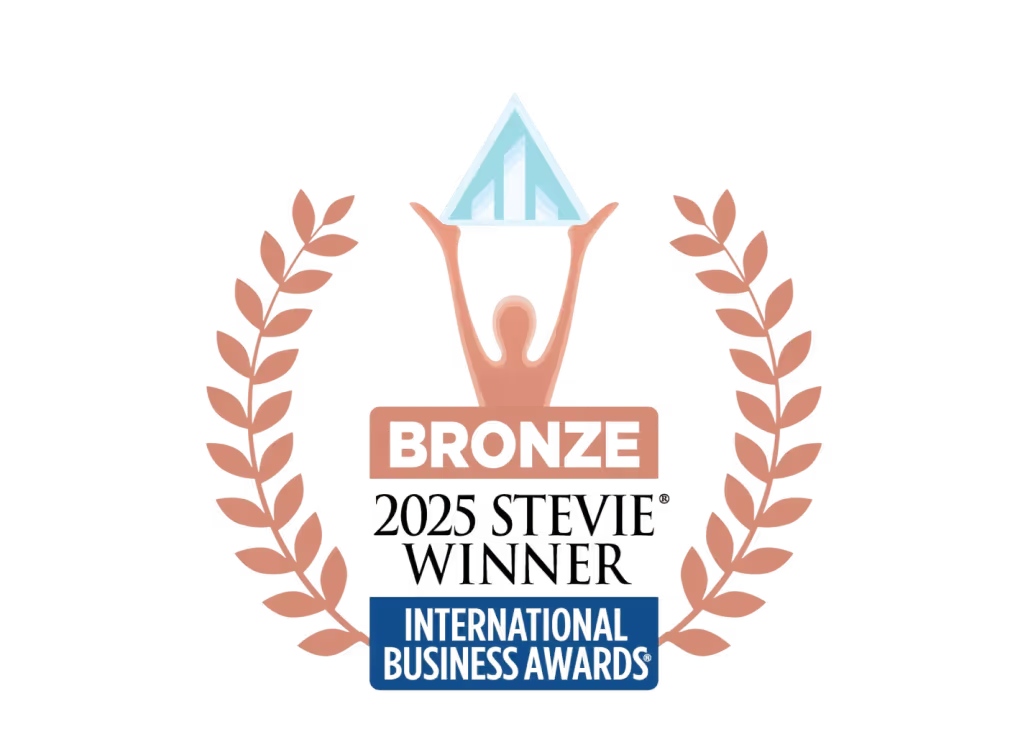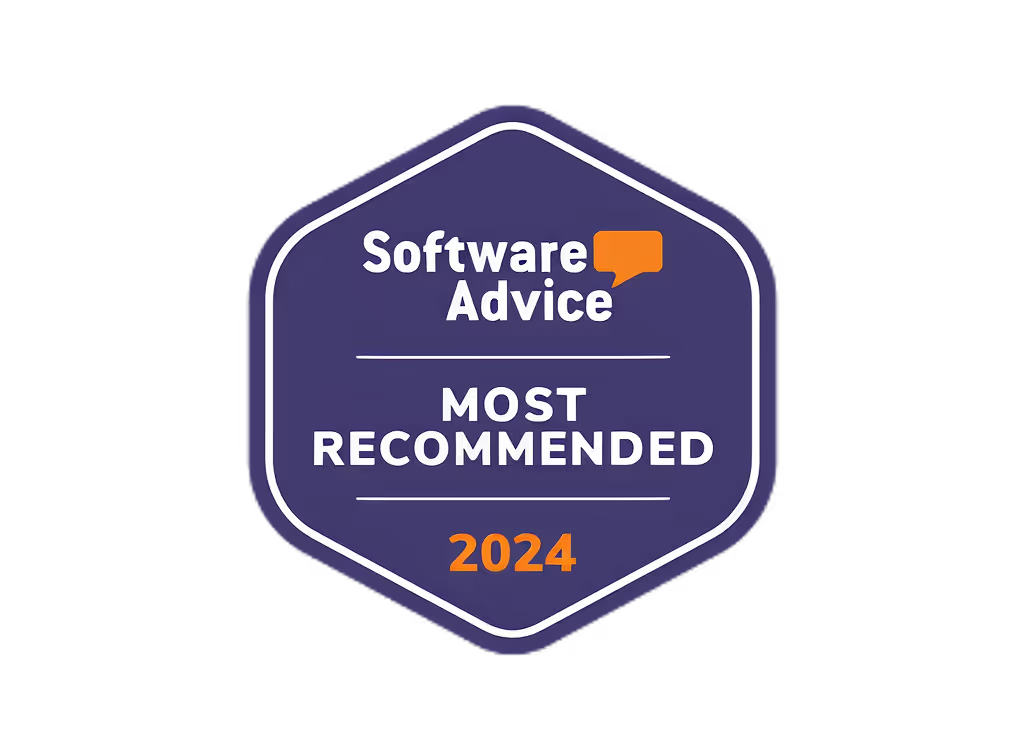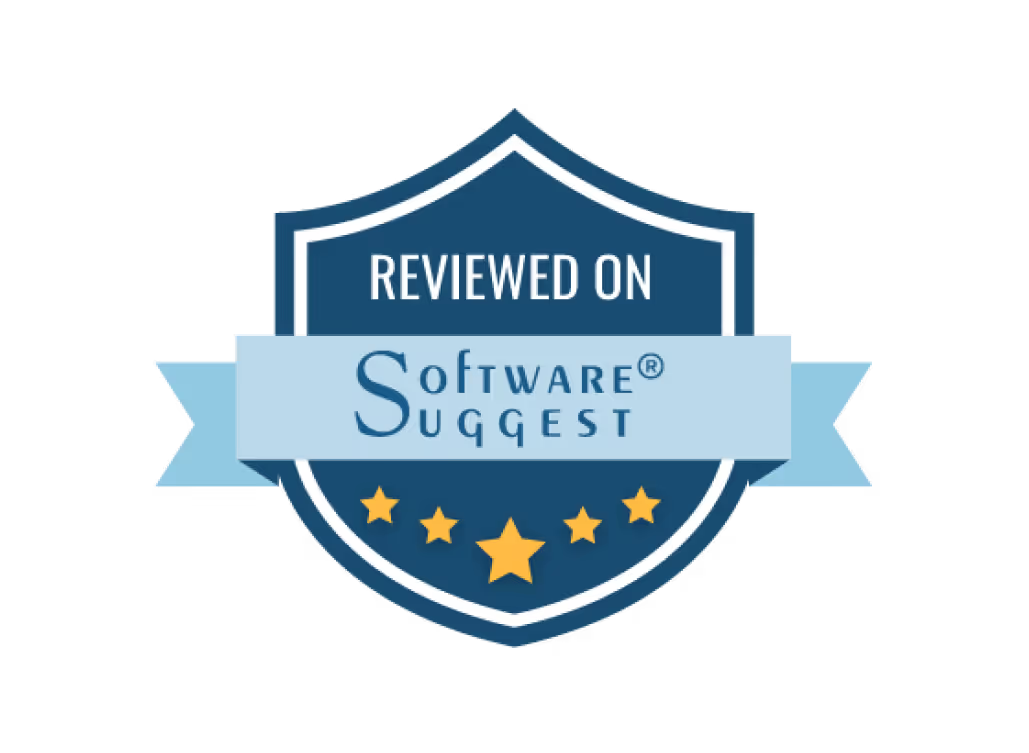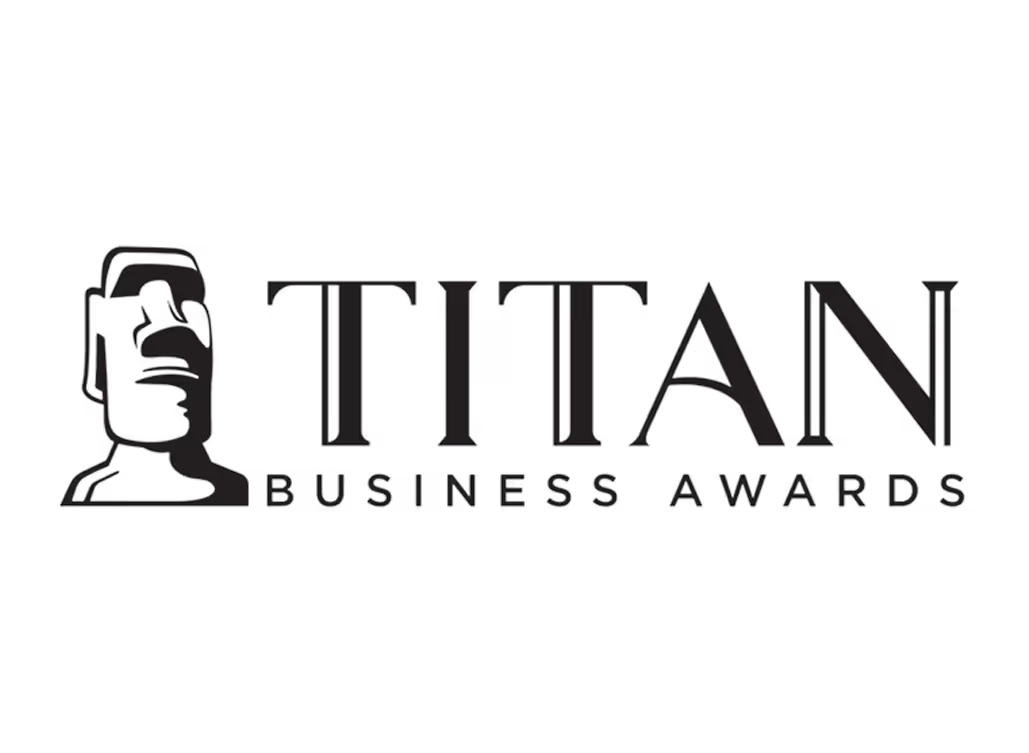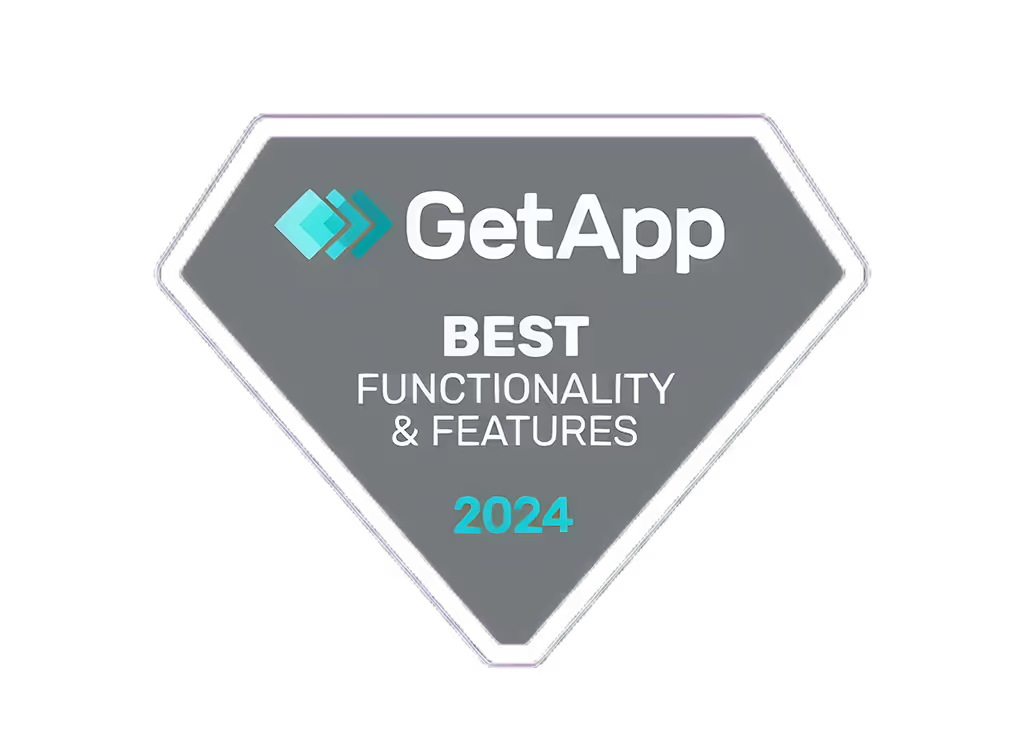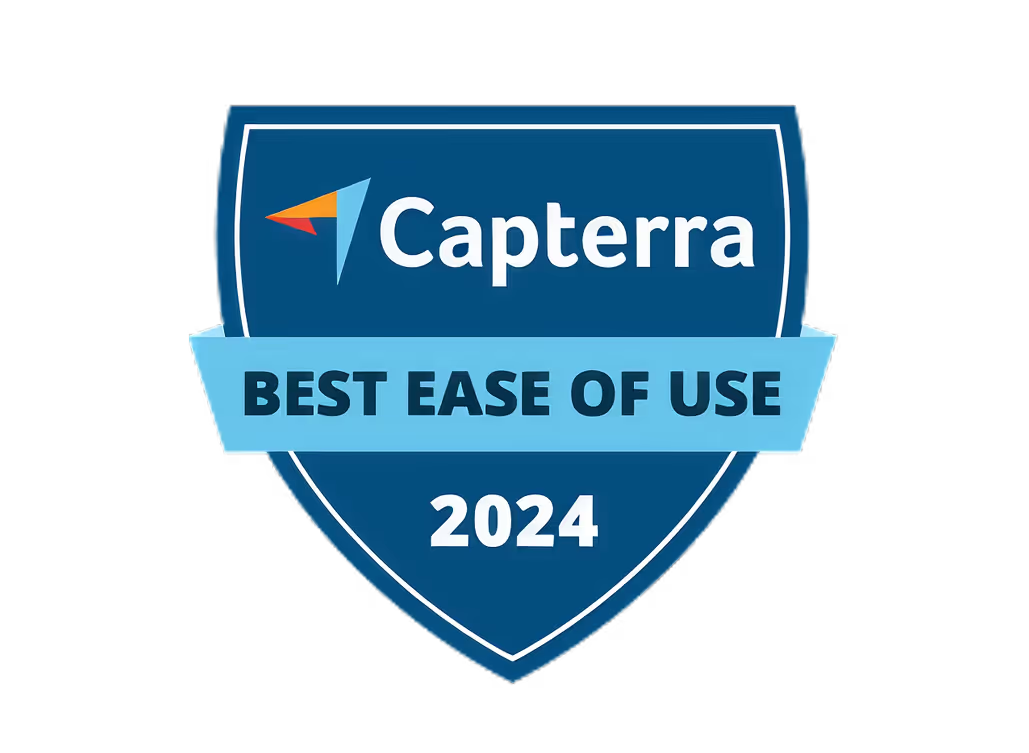Smartly Logo Creation Tools
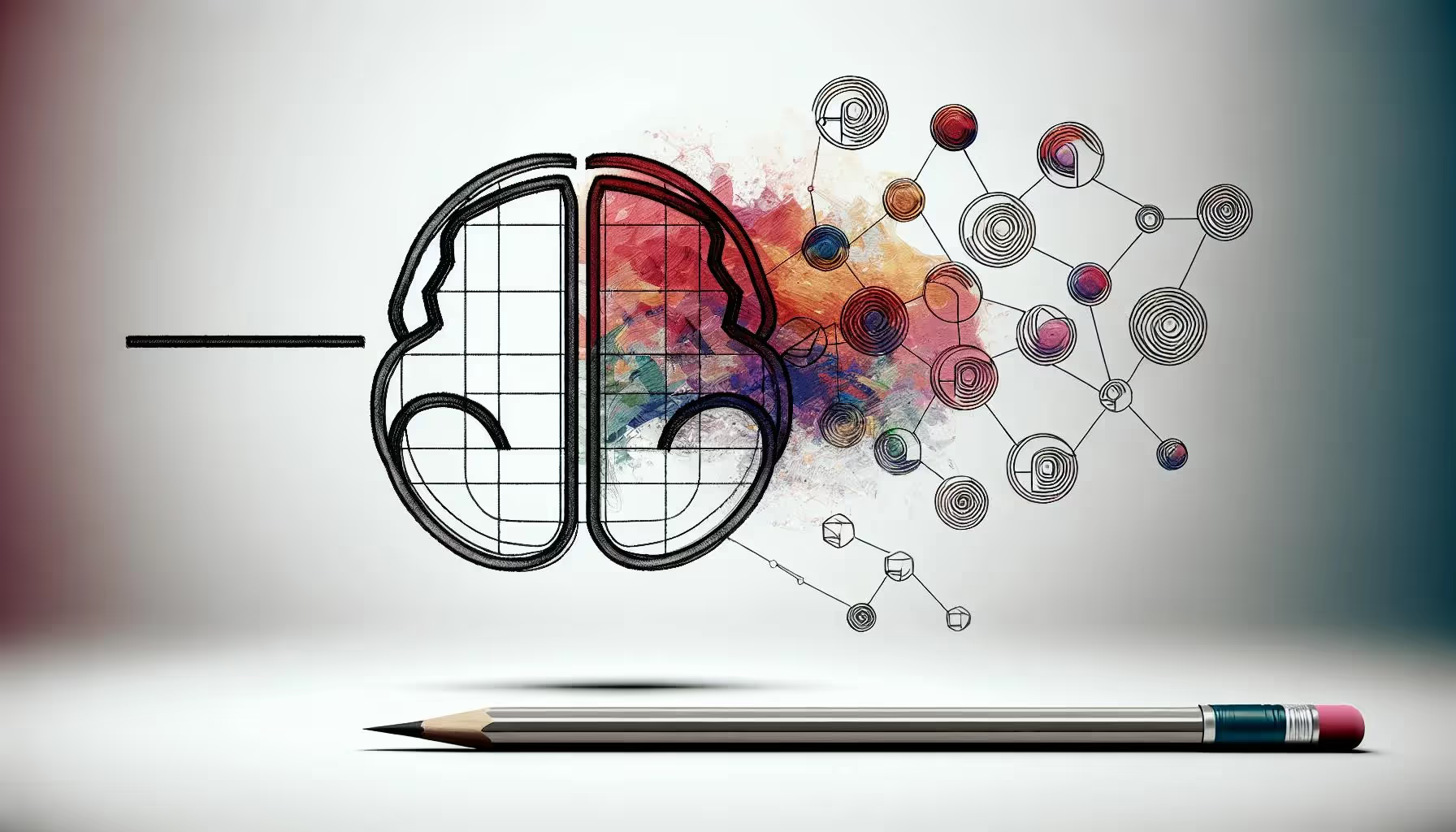
Creating an effective logo can be challenging, especially for non-designers.
Luckily, there are now user-friendly tools that leverage AI to help anyone design a professional-looking logo for their brand, even without creative skills.
In this post, we'll explore the top smart logo creators tailored for non-technical users. You'll see how beginners can harness automation and machine learning to craft logos that establish visual identity and resonate with target audiences.
Introduction to Smartly Logo Creation Tools
Creating an effective logo can be challenging, especially for non-designers. Fortunately, user-friendly logo creation tools have made it easier than ever to develop a professional brand identity. These smart solutions enable entrepreneurs and small business owners to design logos that stand out - no graphic design skills required.
In this article, we'll explore the key benefits of smartly logo creation tools and provide actionable recommendations to help you choose the right software for your needs.
The Evolution of Logo Design in the Digital Transformation Era
The rise of digital transformation has dramatically changed marketing practices. In today's crowded online landscape, having a unique and memorable logo is more critical than ever before.
However, many small business owners and startups lack the budget for expensive design agencies. This is where smart logo creators come in - they put professional-grade design capabilities directly in the hands of non-technical users.
With smart assistants and AI-powered features like dynamic logo generation, even novice users can create multiple on-brand logo options to choose from. This makes it simple to test different looks and optimize a logo for digital channels.
The Role of Smartly Logo Creation in Ecommerce and Online Advertising
An effective logo transcends visual appeal - it also drives brand recognition. For ecommerce businesses, having a logo that stands out can significantly impact conversions and sales.
Likewise, when running online ad campaigns, a logo often serves as that crucial first impression to capture attention. Smartly designed brand marks make ads more memorable and clickable.
By enabling entrepreneurs to DIY logos tailored to their business, smart creators empower users to build the branding and recognition needed for digital success.
Why Non-Technical Users Are Turning to Smartly Logo Creation Tools
For non-designers, creating a logo from scratch can be an intimidating process. Manually designing assets like icons and graphics is time-consuming and requires specialized skills.
Smart logo makers remove these barriers with user-friendly interfaces and smart features. Instead of starting with a blank canvas, users can select pre-made icons, graphics, fonts, color palettes, and templates to customize.
Advanced solutions even offer AI assistance and recommendations to streamline decision making. This simplicity allows beginners to develop professional logos that reflect their brand identity.
Navigating the Smartly Logo Creation Landscape: A Primer
With many options to choose from, selecting the right smart logo creator depends on your specific needs and budget.
When evaluating solutions, consider aspects like customizability, integrations, file formats, and pricing models. Prioritize tools that allow ample flexibility to personalize while still providing guidance for non-designers.
Leading DIY platforms also offer capabilities like multi-format exporting, brand style guides, and seamless integrations with sites, ads, and marketing materials. This enables users to build cohesive branding across channels.
By understanding the capabilities smart logo makers offer, you can identify the best fit to craft a unique brand identity that fuels business growth.
What company is smartly?
Smartly.io is a leading SaaS platform for social advertising, empowering brands and agencies to scale creative production and optimize performance.
Founded in 2013 in Finland, Smartly.io has expanded globally, now with over 700 employees across 15 offices worldwide. The company manages nearly $5 billion in annual ad spend for over 3,000 brands and agencies, including leading names like eBay, Uber, and Samsung.
Some key things to know about Smartly.io:
- Global Leader in Social Advertising: As one of the largest social advertising platforms, Smartly.io works with top brands and agencies to run effective and optimized campaigns across platforms like Facebook, Instagram, Pinterest, and LinkedIn.
- Powerful Technology Stack: Smartly.io combines creative production, campaign management, cross-channel reporting, and automation together in one platform powered by AI and machine learning. This enables enhanced efficiency, performance, and results.
- Rapid Growth and Expansion: Originally bootstrapped, Smartly.io has seen tremendous growth over the past decade, now with $300 million in total funding and a valuation of over $1.7 billion as of 2021. Its global footprint and customer base continues to rapidly expand.
In summary, Smartly.io is an industry-leading SaaS company that provides an end-to-end solution for brands and agencies to simplify social advertising and unlock greater performance through the use of powerful technology. Its growth trajectory and list of major customers showcases its innovative platform and value proposition.
Why use smartly?
Smartly provides user-friendly tools to help non-technical users create logos without needing extensive design skills. Here are some key benefits of using Smartly for logo creation:
- Intuitive interface: Smartly's logo maker has a simple drag-and-drop interface that is easy for beginners to navigate. You don't need prior design experience to create a professional-looking logo.
- Customizable templates: Choose from dozens of customizable logo templates across various industries. Easily personalize the font, colors, icons and more to match your brand.
- AI-powered generation: Smartly uses artificial intelligence to instantly generate hundreds of unique logo ideas for your business based on your inputs. Pick your favorite or combine elements from multiple logos.
- Multi-format downloads: Download your completed logo in multiple file formats like PNG, SVG, PDF and more. Smartly makes it easy to use your new logo anywhere.
- Collaboration features: Invite team members to collaborate on logo designs in real-time, with built-in messaging and commenting tools.
In summary, Smartly's smart logo maker saves small businesses time and money on hiring a designer, while still creating a polished, on-brand logo for their company. The AI-powered platform makes logo creation simple even for non-designers.
How do I log into smartly?
Logging into smartly is a quick and easy process that takes just a few steps:
- Go to app.smartly.io in your web browser. This will bring you to the smartly login page.
- Enter your username and password in the fields provided. Your username is typically an email address.
- Click the Sign in button.
- If you have enabled multi-factor authentication for added security, you will need to complete one additional verification step depending on your configuration:
- Enter a code sent to your mobile device via text message or authenticator app
- Answer a security question
- Other verification methods you may have set up
And that's it! After completing login and any multi-factor authentication, you will be directed into your smartly account dashboard, ready to start creating high-performing ads.
Logging in with a social account like Google or Facebook instead of username/password works the same way. Just click the social media icon and enter your login credentials to connect to your smartly account.
If you ever run into issues logging in or forget your password, use the Forgot password? link on the login page to reset and regain access instantly.
User-Friendly Tools for Smartly Logo PNG Creation
Creating a logo can be an intimidating task for non-designers. Thankfully, there are user-friendly tools available to help even the least tech-savvy
sbb-itb-606b7a1
AI Lab: The Intersection of Artificial Intelligence and Logo Creation
When creating a logo, leveraging AI and machine learning can help generate options tailored to your brand's unique attributes and customer preferences. As technology continues to advance, AI logo creation tools are becoming more accessible to non-technical users.
Harnessing Machine Learning for Personalized Logo Designs
Machine learning algorithms study design trends and color psychology to understand what logo elements align with certain brand personalities and industries. By inputting your brand details and preferences, AI-powered logo makers can output a selection of on-brand logo ideas for you to choose from. This personalization saves time and effort while still allowing for human oversight and decision making.
Predictive Analytics: Anticipating Customer Preferences in Logo Design
Analyzing consumer data and past design performance, predictive analytics systems can forecast current customer preferences to influence logo creation. This helps ensure logo designs appeal to target demographics from the start, optimizing engagement and conversion.
AI & Automation: Streamlining the Logo Design Process
Automating repetitive design tasks allows AI logo software to quickly generate numerous customizable logo concepts. Streamlining this process allows entrepreneurs and small business owners to focus less on manual design work and more on core business operations.
The Future of Creative Teams: Collaborating with AI for Design Innovation
While AI excels at accelerating efficiency, human creativity continues to provide an invaluable competitive edge. Blending automated processes with a human touch unlocks new potential for design innovation. Creative teams can leverage AI tools to expand capabilities while still overseeing final design decisions.
The Customer Journey: Designing Logos That Resonate
Creating an effective logo is key for establishing brand recognition and connecting with your target audience. By understanding your customer's journey and values, you can design a logo that resonates at every touchpoint. User-friendly logo creation tools empower non-designers to develop logos tailored to their brand.
Understanding Your Audience: The First Step in Logo Design
When designing a logo, the first step is identifying your ideal customer. Consider demographics like age, location, and income level, as well as psychographics like interests, values, and lifestyle. This helps shape a logo that speaks specifically to their needs and preferences.
For example, a yoga studio catering to young urban professionals would likely benefit from a modern, minimalist logo, while a family farmstand may prefer something more traditional and rustic.
Mapping Out Brand Touchpoints: Where Your Logo Makes an Impact
A logo serves as a visual anchor across all customer touchpoints - your website, packaging, storefront, promotions, etc.
Map out every place a customer might encounter your brand to inform logo design. Consider how it will be adapted for different contexts - online vs print, small vs large format.
Designing a versatile logo upfront makes branding cohesive across touchpoints and prevents redesigns down the line.
Feedback Loops: Iterating Based on Customer Interaction
Post-launch, pay attention to customer interactions with your logo. Gather feedback through surveys and social listening.
Track performance data like website clicks and conversions to see what resonates. Refine aspects like color, shape, and typography based on responses.
This feedback loop allows you to continually optimize the logo to maximize engagement.
Performance Marketing: Measuring Logo Effectiveness
Run A/B tests with slight logo variations across ad campaigns and landing pages. Compare performance on key metrics like CTR, conversions, and cost per conversion.
This shows how logo design impacts marketing success, informing refinement. Effective logos can increase conversion rates by over 80%.
With the right tools, developing a high-performing, on-brand logo is within reach for any business. Paying attention to your audience and iterating based on data leads to maximum resonance.
Dynamic Creative Optimization: Adapting Logos for Digital Advertising
Leveraging dynamic creative optimization allows you to automatically generate variations of your smartly logo to test performance across digital advertising campaigns. This enables data-driven optimization of your logo design over time.
Automating Logo Variations for A/B Testing
You can set up A/B tests for your logo by:
- Uploading your base logo design to the platform
- Selecting attributes to vary such as color, size, text, etc.
- Choosing the number of variations to generate
- Deploying the logo variations into your ads
The system will then monitor performance of each variation, allowing you to determine the optimal logo design.
Integrating Logos into Digital Marketing and Social Media Campaigns
To maximize brand consistency in digital marketing, you should:
- Add logo to email signatures, website, and social media profiles
- Create branded post templates with logo integrated
- Leverage logo stickers/overlays for Instagram and Facebook stories
- Include logo and branding colors in ad creatives
This branding cohesion will improve campaign performance.
Leveraging Data & Analytics to Refine Logo Design
Analyze data like:
- Click-through rates on ads with different logo variations
- Engagement metrics for social posts featuring your logo
- Conversion rates for emails with logo prominently displayed
Then refine attributes like color, size, and text based on top-performing variations.
Email & Automation: Ensuring Logo Consistency Across Channels
To ensure logo consistency:
- Add logo to email templates for automated campaigns
- Create logo guidelines for designers, agencies, affiliates
- Use batch editing to quickly update logo across platforms
- Check for brand consistency via automation
This will strengthen recognition and trust in your brand.
Content Marketing: Building a Brand with Your Logo
Tips for A/B testing logo variations and making data-driven iterations over time as your brand evolves.
Crafting a Visual Narrative: Your Logo's Role in Content Marketing
A logo plays a pivotal role in crafting a visual narrative and establishing your brand's identity. It symbolizes your values, personality, and essence.
When integrated thoughtfully into content marketing, your logo:
- Anchors each piece of content, reminding readers of your brand promise
- Creates visual familiarity and recognition, building trust and loyalty
- Ties together campaigns across channels and formats into one cohesive story
By keeping your logo consistent, yet fresh, you allow customers to connect emotionally with your brand story.
The Synergy Between Logos and Content: Enhancing Brand Recall
Using your logo liberally throughout content marketing materials boosts brand recall significantly.
Some data-backed tips:
- Feature your logo prominently in hero images, videos, and graphics
- Insert your logo in the header and footer of blog posts and landing pages
- Add a small logo watermark to photos and visuals before publishing
- Display your logo clearly in email newsletters and marketing automation flows
When done tastefully, this repetition triggers familiarity and memorability. Readers begin associating your content with your brand.
Utilizing Image and Video Templates for Brand Consistency
Maintaining brand consistency across channels is vital, but challenging.
Using templates allows you to effortlessly incorporate brand elements like:
- Logo placement, size, and color specifications
- Font styles, colors, and spacing guidelines
- Complimentary colors, patterns, textures, and photographic styles
With the heavy lifting done upfront, it takes just minutes to produce new materials aligned with your brand identity.
This efficiency facilitates repurposing content quickly across platforms.
Maximizing Reach: Your Logo in Multimedia Content Marketing
Incorporating your logo in diverse content types and formats expands your exposure exponentially.
Some innovative ways to showcase your brand:
- Display logo animations in YouTube videos and social ads
- Feature logo stickers and overlays in Stories and Reels
- Print logo merchandise like t-shirts, caps, and water bottles
- Show employees wearing branded apparel in video testimonials
- Spotlight logo signage in virtual events and webinars
Going cross-channel gives your audience more touchpoints to connect with your brand story.
The key is maintaining style consistency as you scale across mediums. Leverage templates and guidelines to keep branding cohesive.
Conclusion: Embracing the Future of Smartly Logo Creation
Recap of key takeaways on leveraging smartly logo design tools to effortlessly create visual brand identity markers optimized for non-technical users.
The Democratization of Design Through User-Friendly Tools
In the past, creating a logo required hiring a professional graphic designer and investing significant time and money. However, the emergence of intuitive design software and tools has democratized logo creation, making it possible for any business owner to develop a unique, customized brand identity. With drag-and-drop interfaces and built-in templates, tools like Smartly remove the barriers to quality design, leveling the playing field so businesses of all sizes can build effective branding. This accessibility empowers entrepreneurs to bring their visions to life and gives small teams the flexibility to iterate as their brand evolves. Ultimately, placing engaging, professional design within reach makes it easier than ever to connect with target audiences.
The Ongoing Journey of Branding: Evolving Your Logo with Your Business
A logo should represent a business's core identity. But as companies grow and shift direction, visual branding often needs to evolve as well. The agility of logo design tools allows brands to fluidly tweak or overhaul their logos to align with changing business realities. For example, a startup may opt for a more polished logo as they expand. Similarly, companies pivoting to new products or markets can modify their logo to better resonate with target customers. Rather than a static milestone, a logo can be an iterative, organic representation of a business. The flexibility of smart logo creation tools empowers this continual alignment.
Marketing Technology and the Art of Logo Creation
While logos originate from an artistic tradition, data-driven marketing technology is transforming visual branding. As machine learning analyzes design performance, algorithms can suggest refinements to improve logo memorability or clickthrough rates. These insights complement human creativity with a scientific approach to resonating with audiences. At the same time, generative AI can instantly produce numerous logo options, accelerating iteration. The fusion of art and technology points towards a future where brands can rapidly A/B test enhanced logos personalized to different customer segments. Ultimately, marketing technology stands to augment human creativity and intuition during the logo design process.









